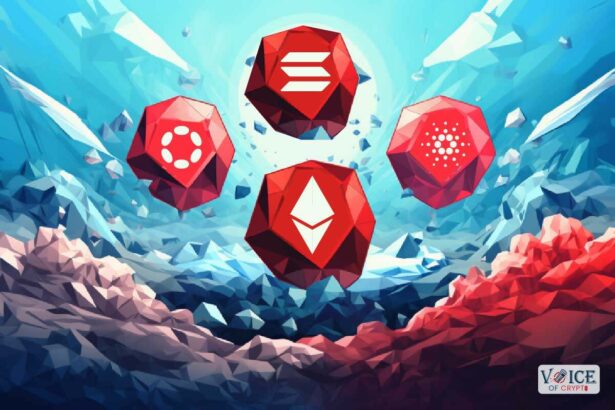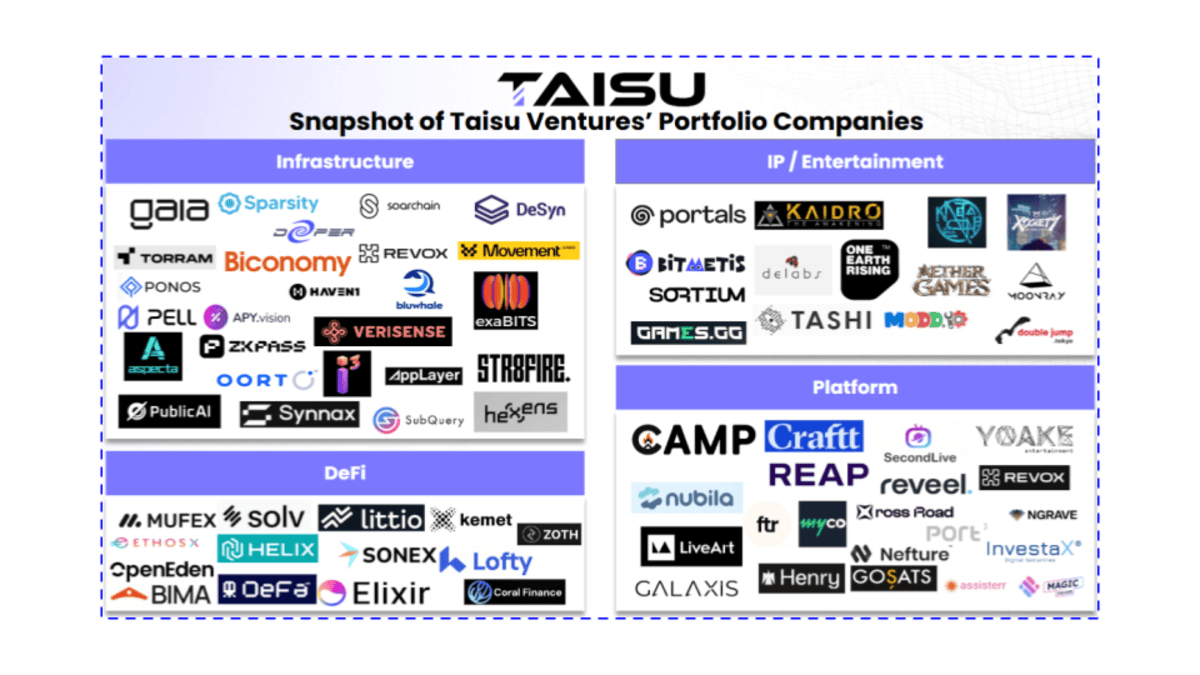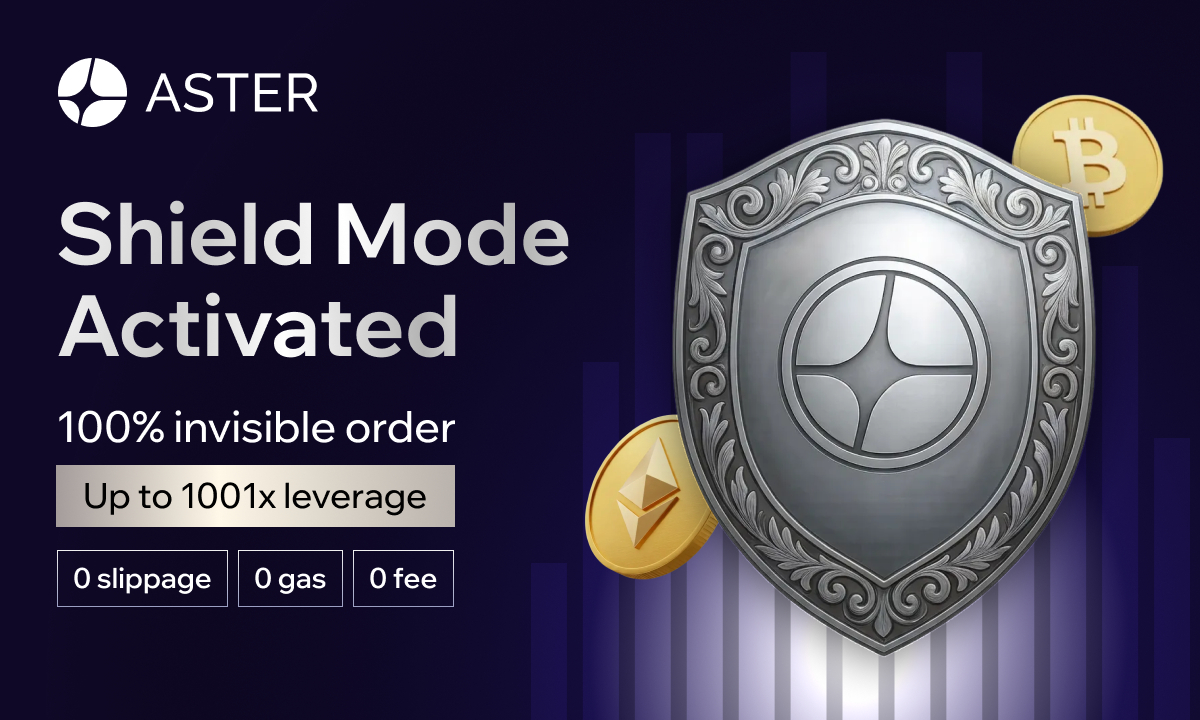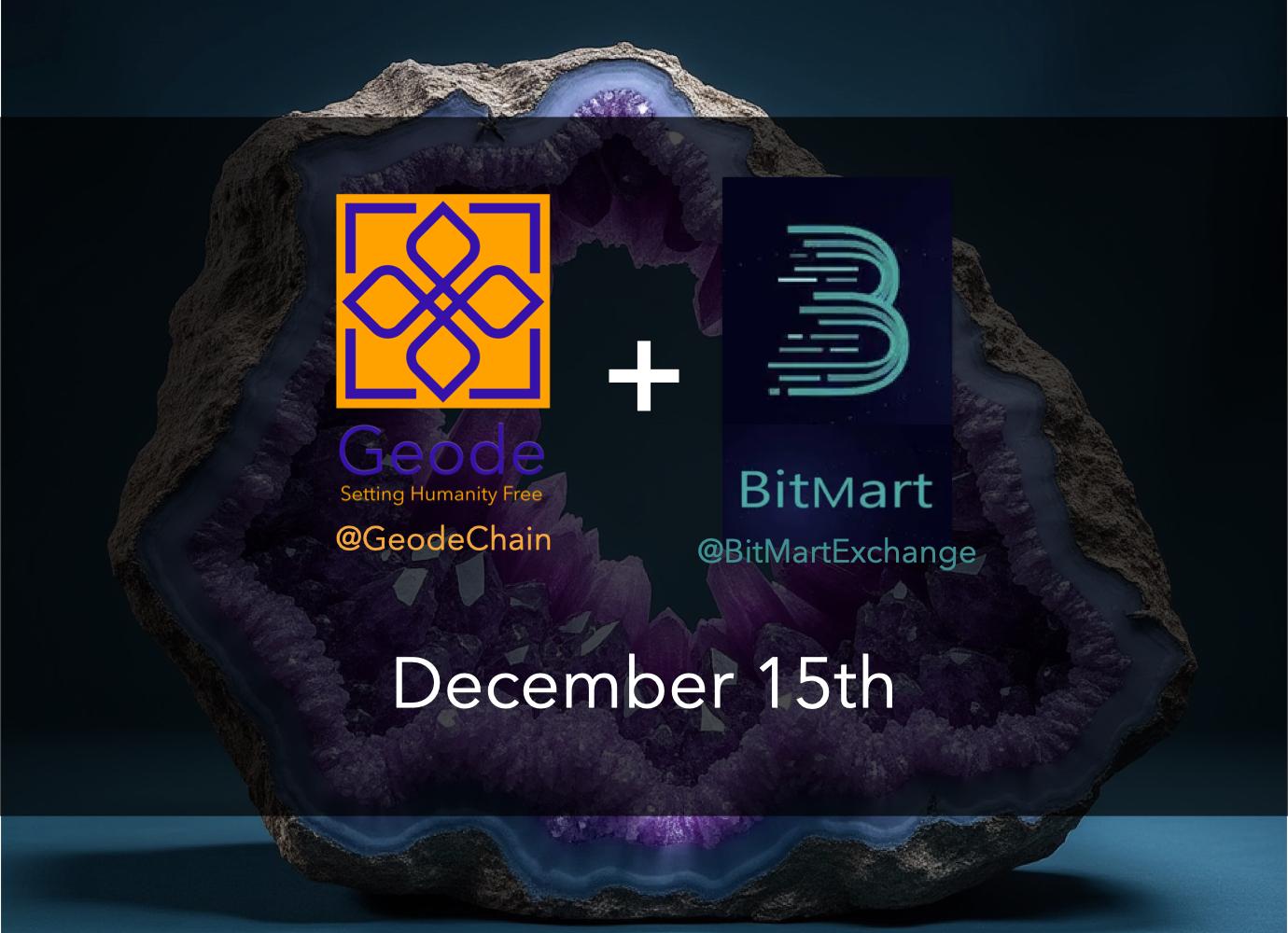Blockchain technology has grown quickly over the years.Â
Through the growth of this new technology, we have seen the creation of layer 1 platforms, which have served as the foundational layer for freer and more transparent financial systems.
But what are Layer 1 Platforms in relation to blockchains? What is their significance, and in what ways are they different from Layer 2 platforms?
In this article, we explore these layer 1 platforms and attempt to compare their features, strengths, and weaknesses, as a way to understand them better.
What Are Layer 1 Platforms, Really?
Layer 1 platforms are the building blocks of blockchain ecosystems, and they provide a base layer of sorts, for dApps to run on. Some good examples of these platforms include Ethereum, Cardano, Polkadot and Solana, among others.
Layer 1 platforms are responsible for securing and maintaining a network’s decentralization, enabling developers to build dApps, and keeping peer-to-peer transactions easy and fast.Â
These platforms also provide a mechanism for consensus, which is the process by which nodes in a network reach agreement on the state of the ledger. Layer 1 platforms play a critical role in the growth and development of the blockchain ecosystem and do a lot of the heavy lifting when it comes to the flexibility, security, and efficiency of the entire network.

Comparison of Layer 1 Platforms
When comparing layer 1 platforms, some of the factors to consider are their consensus mechanism, scalability, security, flexibility, interoperability, and developer community.
Below is a comparison of these Layer 1 Platforms in terms of these factors.
a) Consensus Mechanism
The consensus mechanism is a critical aspect of a layer 1 platform, as it determines how the nodes that make up the entire network agree about the data the ledger contains.Â
- Ever since the 2022 merge, Ethereum now uses a proof-of-stake (PoS) consensus mechanism and has become as much as 90% less slow and energy-intensive.Â
- Solana on the other hand uses a proof-of-history (PoH) consensus mechanism, which allows for faster transaction confirmation times.Â
- Cardano also uses a proof-of-stake (PoS) consensus mechanism, which provides a more energy-efficient and secure alternative to proof-of-work (PoW).Â
- However, Polkadot uses a nominated proof-of-stake (NPoS) consensus mechanism, which enables token holders to nominate validators to secure the network.
These consensus methods while effective in their own right, have their advantages and drawbacks as we will soon see.
b) Scalability
Scalability is a critical factor in the success of a layer 1 platform, as it determines the number of transactions that can be processed per second.Â
- Ethereum’s capacity as a proof-of-work chain was limited to around 15 transactions per second. However, Ethereum’s transition to proof-of-stake has bumped this figure up to a whopping 100,000 transactions per second.Â
- Solana’s throughput is around 65,000 transactions per second, making it one of the most scalable layer-1 platforms.Â
- Cardano’s throughput is currently limited to around 257 transactions per second, but its Hydra protocol aims to increase the throughput to jawdropping millions of transactions per second.Â
- Polkadot’s scalability is achieved through its sharding mechanism, which allows for parallel processing of transactions across multiple chains. Polkadot currently processes about 1000 transactions per second.
c) Security
Security is a critical aspect of any layer 1 platform, as it determines the level of trust that users can have in the network.Â
- Ethereum, being one of the oldest networks, has a strong security track record. However, the effects of the network’s transition to PoS on its security is still a topic under debate.Â
- Solana’s PoH consensus mechanism is designed to provide a high level of security, and its layered security model enables it to defend against attacks. However, the network faced a series of incessant attacks and outages throughout 2022, leading to a massive dip in $SOL’s price.
- Cardano’s Proof-of-Stake consensus mechanism provides a higher level of security than PoW, and its research-driven development approach ensures that the platform is scientifically sound and robust.Â
- Polkadot’s NPoS consensus mechanism, on the other hand, enables token holders to nominate validators, which greatly enhances the network’s security.
d) Decentralization
A decentralized system is one in which there is no central authority or single point of failure, and all nodes in the network have equal power and responsibility. When it comes to layer 1 platforms, the level of decentralization can vary depending on various factors such as the consensus mechanism, network size, and governance model.
Let’s compare the most popular layer 1 platforms in terms of decentralization:
- Ethereum is a decentralized platform that uses a proof-of-stake (PoS) consensus mechanism. It has a large and diverse network of nodes that validate transactions and execute smart contracts. However, Ethereum’s transition from proof-of-work (PoW) to PoS has faced criticism for centralizing the network’s power in the hands of large stakers.
- Cardano is also a decentralized platform that uses a PoS consensus mechanism. It has a smaller network size compared to Ethereum, but it is designed to be more decentralized, with a focus on reducing the centralization of power among large stakers. Cardano has implemented a unique governance model that enables stakeholders to vote on proposals and changes to the network.
- Solana is a relatively new layer 1 platform that uses a unique consensus mechanism called proof-of-history (PoH). It is designed to be highly scalable, but some critics argue that it is less decentralized than other layer-1 platforms due to its reliance on a small number of validators.
- Polkadot is another layer 1 platform that uses a PoS consensus mechanism. It is designed to be highly interoperable and scalable, with the ability to connect multiple blockchains. However, some critics argue that it is less decentralized than other layer-1 platforms, as it relies on a small number of validators and parachains.
Disclaimer: Voice of crypto aims to deliver accurate and up-to-date information, but it will not be responsible for any missing facts or inaccurate information. Cryptocurrencies are highly volatile financial assets, so research and make your own financial decisions.









